Hitting 350,000 miles on your odometer is a badge of honor, especially for a vehicle built as robustly as a Toyota 4Runner. Just the other evening, while driving back after dropping my daughter off, my 2005 4Runner proudly clicked over to this milestone. It’s a testament to Toyota’s engineering and a commitment to maintenance. Like many 4Runner enthusiasts who aim for those impressive figures of 500,000 miles and beyond, it takes dedication and the right approach to keep these machines running smoothly.
Toyota 4Runners are renowned for their longevity, but reaching such milestones isn’t just about luck. It’s about proactive care, smart upgrades, and understanding your vehicle’s needs. By the time you’ve clocked 350,000 miles, you’ve likely invested in essential repairs and upgrades – from suspension components to radiators, and a steady diet of quality lubricants. For those who, like me, enjoy taking their 4Runners off the beaten path, the list expands to include lifts, cold air intakes, performance tires, and modern electronics.
The Enduring Relationship with a Toyota 4Runner
(Image: Odometer of a Toyota 4Runner showing 350,000 miles, emphasizing vehicle longevity and high mileage achievement)
While I wouldn’t strictly classify my 4Runner as a financial investment, it’s undoubtedly been a wise ownership decision. “Reliable” and “dependable” are understatements. With consistent upkeep, it remains more economical than constantly cycling through new vehicles. I’ve considered trading it in a couple of times, but each time the numbers just didn’t add up compared to the value and reliability I already possessed.
So, what’s the secret to keeping a 4Runner running for the long haul? What tools and practices are essential? And what upgrades make the journey more enjoyable? Over nine years of ownership, I’ve learned a great deal about my 4Runner and developed habits that keep it in peak condition. It’s been a journey of mutual growth, understanding the vehicle’s nuances and adapting my driving and maintenance routines accordingly.
The insights shared here are drawn from my experience with this specific 4Runner, but many principles apply to other vehicles aiming for high mileage. However, few vehicles possess the inherent durability to reach 350,000 miles as reliably as a Toyota 4Runner.
My 2005 Toyota 4Runner: A Story of Proven Reliability
My 4Runner is a 2005 SR5 model, sporting a Galactic Mica Grey finish and a robust 4.0 V6 engine. It began its life with a careful owner in Connecticut who maintained it meticulously. When I acquired it from a dealership, it had 147,500 miles and a comprehensive service history, confirming adherence to Toyota’s recommended maintenance schedule. The only non-stock feature was an aftermarket remote starter – a minor addition in an otherwise pristine, original vehicle.
Initially, I envisioned it as a reliable daily driver, hoping for a year or two of service. Nine years and 200,000 miles later, it’s safe to say it has far exceeded those modest expectations!
Parts Availability: Keeping Your 4Runner on the Road
The fourth generation 4Runner (2002-2009) benefits from a wide availability of both OEM and aftermarket parts. This generation also shares suspension components with the FJ Cruiser (2007-2014), further expanding part options and affordability. Maintaining this model 4Runner doesn’t require breaking the bank, thanks to this robust parts ecosystem.
(Image: A Toyota 4Runner parked outdoors, highlighting the vehicle’s design and robust build quality associated with long-term reliability)
Driving Habits for Longevity
While 4Runners are undeniably capable off-road machines, aggressive driving takes a toll over time. For daily driving and aiming for high mileage, moderate driving habits are crucial. Having owned this 4Runner for nine years and added 200,000 miles, I adjusted my driving style about 100,000 miles ago, opting for smoother trail driving and careful 4WD engagement. I now come to a complete stop before engaging or disengaging 4WD, shifting to Neutral and allowing a smooth transition.
Toyota recommends engaging 4WD for at least ten miles monthly to ensure lubrication of transfer case components. I concur with this recommendation. Regular use keeps these parts properly lubricated and functioning optimally.
Furthermore, 4Runners are built for cruising, not racing. While capable of high speeds, sustained high-speed driving strains the vehicle and reduces fuel efficiency. Driving at moderate speeds ensures less stress on the engine and drivetrain, contributing to longevity and better MPG – I consistently achieve around 19.5 MPG. Drive your 4Runner as if you depend on it, because if you maintain it well, you certainly can.
Cleanliness: Inside and Out
Keeping your 4Runner clean, both inside and out, is more than just aesthetic – it’s preventative maintenance. Dust and dirt accumulation can degrade vehicle components. While enjoying off-roading adventures and the resulting mud splashes is part of the fun, timely cleaning is essential. Mud and grime left on the undercarriage and in wheel wells can accelerate rust and corrosion, damaging the frame and other critical parts. Regular washing, especially after off-road excursions, protects your 4Runner’s structural integrity.
Fuel Considerations
The debate on octane levels continues, but for older vehicles like my 2005 4Runner, higher octane fuel can offer benefits. While not universally necessary, I’ve observed a 2-3 MPG improvement using 93 octane fuel compared to 87. This suggests that older engines can indeed benefit from premium fuel.
Fuel Additives for Engine Health
(Image: Lucas Oil Injector Cleaner bottle, representing fuel additives for engine maintenance and performance)
While past fuel additives had questionable reputations, modern injector cleaners and fuel treatments are beneficial, especially for high-mileage vehicles. I regularly use Lucas Oil Injector Cleaner or Seafoam High Mileage Motor Treatment, adding a bottle to a near-empty tank every 5,000 miles. These treatments help maintain fuel injector cleanliness and contribute to smooth engine operation.
Routine Maintenance: More Crucial Than Ever
Initially, I relied on the Toyota dealership for maintenance. They installed my lift kit, rebuilt the head, and had a deep familiarity with 4Runners. However, for an older, modified vehicle, dealership service isn’t always necessary or cost-effective. Finding a reliable local mechanic is a smart move. Share Toyota’s recommended maintenance schedule with them and consider their advice while also bringing your own experience to the table. Local mechanics often offer more affordable rates and personalized service, and you support local businesses in the process.
While some owners prefer DIY maintenance, I opt for professional service to avoid the mess and hassle of disposal and to leverage a mechanic’s expertise in identifying potential issues. Regular professional checks can catch problems early, preventing more significant repairs down the road. For a daily driver like my 4Runner, minimizing downtime is a priority. Mechanics also have access to specialized tools, which are particularly useful for working on older vehicles with potentially corroded bolts and components.
Ultimately, adhering to the owner’s manual’s recommended maintenance schedule is paramount. Regular lubrication of ball joints and radiator flushes are just a few examples of essential preventative tasks. And remember, if you venture off-road, roadside assistance services like AAA may not be accessible on trails.
Aftermarket Parts: A Smart Choice
OEM parts aren’t always essential. Quality aftermarket parts can offer significant cost savings without compromising performance or reliability. For instance, at 200,000 miles, I switched to Royal Purple Full Synthetic Oil. While Royal Purple recommends 10,000-mile oil change intervals, my mechanic suggests 5,000 miles. I adhere to the manufacturer’s recommendation, balancing maintenance with cost-effectiveness.
Building Your Personal 4Runner Toolkit
(Image: A well-organized toolkit, emphasizing preparedness for on-the-go vehicle maintenance and minor repairs)
Toyota vehicles often use consistent bolt sizes, simplifying toolkit assembly. For 4Runner owners, building a dedicated toolkit is invaluable. Identify common bolt sizes (10mm-12mm are prevalent on 4Runners) and acquire duplicate sockets and wrenches in these sizes, along with a set of crescent wrenches.
Electrical components also require attention. Carry butt connectors, fuses, and basic electrical tools to address lighting or accessory failures. Having the right tools on hand is crucial for both on-road and off-road situations.
My essential 4Runner toolkit includes:
- Sockets and socket wrenches (10mm-12mm priority)
- Philips and Flathead screwdrivers (short and long)
- Mallet (not a hammer)
- Hacksaw
- Vise Grips
- Duct Tape
- Fuses
- Auxiliary Bulbs (blinkers, brake lights)
- Butt Connectors
- Electrical Tape
- Zip Ties
- WD-40
- Spare Key
- OBD II Scanner: Crucially important for diagnostics and troubleshooting.
This toolkit is compact yet comprehensive enough to handle most non-catastrophic issues. For accessories, I include specific tools like Allen keys or socket sizes needed for roof rack components.
The OBD II scanner is indispensable for older vehicles. It allows you to read diagnostic codes, understand potential issues, and often reset minor fault lights, potentially saving significant repair costs. It prevents unnecessary trips to the mechanic for simple issues and provides valuable insights into your 4Runner’s health.
Interestingly, despite having this toolkit and scanner readily available, I rarely need to use them. However, knowing they are there provides peace of mind, and when needed, they are invaluable. Minimizing toolkit clutter ensures you can quickly find the right tool when you need it most.
Communication and Entertainment Upgrades
(Image: A modernized car dashboard with updated stereo system and communication devices, highlighting infotainment and connectivity upgrades)
Older 4Runners lack modern connectivity features like Bluetooth. A stereo upgrade was a must for me. I’ve since added a modern head unit, a portable CB radio for off-road communication, an extra 12V port, a phone mount, and an iPad mount. Staying connected is paramount, especially during off-road or overland adventures.
A modern stereo system enhances driving enjoyment significantly. Features like Bluetooth for hands-free calls and streaming music, GPS navigation, and smartphone integration through Apple CarPlay or Android Auto greatly improve the driving experience. While not directly related to the OBD2 port, a modern stereo can sometimes offer integration with vehicle diagnostics displays or apps, though this is less common in aftermarket setups. The primary benefit is enhanced entertainment and connectivity, making long drives more enjoyable, which is a definite plus when you plan to keep your 4Runner running for hundreds of thousands of miles.
Creature comforts play a role in long-term vehicle satisfaction. While new 4Runners boast integrated tech, upgrading the stereo in an older model bridges the gap without the financial commitment of a new vehicle.
Lighting Enhancements for Safety and Visibility
(Image: Upgraded LED headlights on a Toyota 4Runner, showcasing improved visibility and modern lighting technology)
Visibility is crucial for safety, especially at night or in inclement weather. My 2005 4Runner predates LED lighting technology, but significant advancements have occurred since. I upgraded to Sealight LED bulbs for all exterior and interior lights. LEDs offer brighter, cleaner light, longer lifespan, and reduced energy draw compared to traditional halogen bulbs.
Beyond standard replacements, I added an off-brand LED ditch light on the driver’s side for enhanced off-road visibility. This single light provides ample flood lighting and was relatively simple to wire with a dedicated switch. I also installed raptor-style grille lights from Garage Alpha for a distinctive look and added visibility.
LED upgrades are beneficial for any vehicle, offering improved safety, longevity, and energy efficiency.
Battery Upgrades for Reliable Power
(Image: A car battery, representing battery upgrades for reliable vehicle electrical systems and starting power)
My current battery is a Super Start Extreme, a change from previous Optima Yellow Top batteries. Both offer 3-year warranties and comparable cold cranking amps, but they differ in technology. The Super Start is a flooded battery, while the Optima is an AGM (Absorbent Glass Mat) battery. Flooded batteries are traditional, containing liquid electrolyte, while AGM batteries use a gelled electrolyte, potentially offering longer life and less mess.
For my needs in New England’s cold climate, the higher cold cranking amps and lower cost of the Super Start made it the preferred choice. With a 3-year warranty on both, the practical benefits are similar.
Rooftop Accessories: Enhancing Utility
(Image: A WaterPORT Weekender water tank mounted on a vehicle’s roof rack, showcasing rooftop accessory for utility and adventure)
With a background in roof rack engineering, I’ve equipped my 4Runner with practical rooftop accessories. While I avoid rooftop tents due to their weight and potential suspension stress, essential bolt-on accessories enhance utility without compromising the vehicle. A solid platform roof rack and an awning are fundamental additions. The platform provides a versatile base for mounting accessories and distributes weight effectively, while the awning offers shelter and a break from the elements.
My rooftop setup includes:
(Image: A Toyota 4Runner equipped with a roof rack and various rooftop accessories, demonstrating vehicle customization for utility and adventure)
While I’ve carried a shovel and axe on the roof for aesthetics, prolonged exposure to the elements degrades them. I now store a DMOS shovel and Husqvarna axe inside the vehicle for better protection and accessibility.
Mechanical Upgrades: Balancing Performance and Reliability
Mechanical upgrades have been kept relatively simple. 4Runners are finely tuned from the factory, and major modifications can disrupt this balance. However, some upgrades address common 4Runner characteristics and improve long-term performance. Exhaust and cold air intake (CAI) upgrades are two such areas.
The Cold Air Intake Debate
(Image: A cold air intake system installed in a vehicle engine bay, representing performance upgrades for improved airflow and efficiency)
I hesitated for years before installing a CAI, primarily due to fuel economy concerns, a common issue with 4Runners. Simply replacing the stock air filter yielded minimal MPG gains. Switching to a less restrictive CAI system offered more noticeable improvements.
While opinions on CAIs are divided, my experience with an aFe kit shows both performance and fuel economy benefits. I observed an MPG increase from 15-17 to 18-20, along with a more aggressive engine sound, amplified by my custom Flowmaster exhaust.
(Image: Close-up view of a performance air filter element within a cold air intake, emphasizing improved filtration and airflow)
Exhaust System Upgrade
Toyota 4Runners have restrictive factory exhaust systems, including a muffler, resonator, and multiple catalytic converters. While effective for noise reduction and emissions, these components can be costly to replace when they fail. At 185,000 miles, my stock resonator deteriorated, necessitating a full exhaust system replacement from the catalytic converters back. OEM replacement was complex and expensive due to the resonator’s location. I opted for a custom exhaust with a Series 50 Flowmaster muffler, eliminating the resonator. This upgrade has proven durable and cost-effective.
(Image: A custom performance exhaust system installed on a vehicle, highlighting exhaust upgrades for improved sound and flow)
Suspension System Enhancements
(Image: Upgraded suspension components on a Toyota 4Runner, showcasing lift kit and enhanced off-road capability)
Suspension lifts and oversized tires are popular 4Runner modifications, but improper execution can lead to premature component wear. Adding excessive lift without addressing control arms, steering shaft angle, or rear-end reinforcement compromises suspension geometry. From personal experience, a three-inch lift is the maximum advisable without extensive modifications. At 350,000 miles, I’ve replaced every front-end suspension component, emphasizing the importance of balanced upgrades.
Initially, I used a DayStar Comfort Ride Lift, providing a 2.5-inch lift using rubber spacer blocks. While effective initially, these spacers can compress over time, reducing lift height and potentially affecting ride quality. At 300,000 miles, I transitioned to a more robust setup, utilizing FJ Cruiser rear coils, Rancho QuickLift Suspension Struts, and adjustable shocks, providing a two-inch front lift. This setup maintains suspension geometry within design parameters, accommodating 265/70 R17 tires without rubbing.
Tires: Where Performance Meets Practicality
My General Grabber AT/X tires are only one size larger than stock, a practical compromise. Exceeding two tire sizes over OEM often necessitates bumper trimming and upper control arm changes, even with a lift. While wider wheel spacers can enhance stance, on an older, high-mileage vehicle, they can accelerate wear on front-end components, something I aim to avoid.
Favorite Feature: The Roll-Down Rear Window
(Image: The rear window of a Toyota 4Runner rolled down, highlighting this unique and functional vehicle feature)
A defining feature of 4Runners from the 3rd generation onward is the roll-down rear window. It provides excellent airflow and unique utility. It allows the 4Runner to function somewhat like a pickup truck, extending the cargo area and facilitating roof access. While it can allow more dust into the cabin on trails, the benefits outweigh this minor drawback.
Least Favorite Aspect: The “Idiot Lights”
(Image: Dashboard lights illuminated in a Toyota 4Runner, representing potential diagnostic warnings and system alerts)
A common 4Runner quirk is the interconnectedness of seemingly unrelated warning lights. Exhaust system or gas cap issues can trigger a cascade of lights, including the check engine light and traction control light, even though these systems aren’t directly linked. This sensitivity is a frequent complaint among 4Runner owners, as it can lead to expensive diagnostic procedures for minor issues.
My Pro-Tip for Addressing Dashboard Lights:
- Gas Cap Check: Replace the gas cap first – often a cheap and simple fix.
- Fuel System Cleaner: Add Lucas Oil Injector Cleaner or Seafoam to a near-empty tank.
- OBD II Scanner Reset: Use an OBD II scanner to reset the lights after fuel treatment.
- Exhaust Leak Inspection: Check for exhaust leaks.
- O2 Sensor Replacement: Consider replacing all four O2 sensors.
- Catalytic Converter Evaluation: Inspect catalytic converters.
- Exhaust System Assessment: If all else fails, a comprehensive exhaust system inspection may be necessary.
Thinking Big Picture with Older Vehicles
(Image: A Toyota 4Runner parked in a scenic outdoor setting, symbolizing vehicle longevity and enduring adventures)
By 350,000 miles, most wear items on my 4Runner have been addressed. The transmission and rear-end are sealed units, hopefully good for another 350,000 miles, but time will tell. Realistically, major drivetrain failures like transmission or rear-end replacement might signal the end of the line for this vehicle, unless a donor vehicle becomes available for parts. It’s crucial to balance investment with vehicle value.
For example, wheel bearings and hubs, expected to fail much earlier, lasted until recently. A mechanic quoted $2,500 for replacement, but DIY replacement cost $400 and a weekend afternoon with a friend. Older vehicles require a pragmatic, big-picture approach to maintenance and repairs. While 4Runners are incredibly reliable, investing significantly more than the vehicle’s value in repairs becomes questionable, especially in the current automotive market.
350,000-Mile 4Runner Conclusions: Worth the Journey
4Runner owners tend to be loyal and meticulous about vehicle care, contributing to their strong resale value. Even in a fluctuating used car market, 4Runners command higher prices than many domestic 4WD SUVs, reflecting their reputation for durability and longevity. You genuinely get what you pay for with a 4Runner.
My 4Runner ownership journey began after a disappointing Jeep Cherokee test drive ended with a blown water pump. While the Cherokee was cheaper upfront, its long-term reliability was questionable. No Jeep, in my opinion, would match the longevity of a well-maintained 4Runner without substantial and continuous investment.
Initially, I hadn’t planned to keep this 4Runner for so long. But it becomes a personal challenge – seeing how far it can go. Reaching 200,000 miles was a milestone, and 150,000 miles beyond that is truly remarkable.
(Image: A Toyota 4Runner in a snowy landscape, representing all-weather capability and enduring reliability)
Reaching high mileage requires accepting the realities of an older vehicle. Minor oil burning smells, rusty bolts, and occasional creaks are part of the experience. Temptation to upgrade to newer models is natural. I almost traded for a 2016 4Runner TRD PRO, but comparing them side-by-side, my older 4Runner, with its thoughtful upgrades, was just as capable, if not more personally customized.
My 2005 4Runner remains safe and dependable thanks to consistent maintenance and strategic upgrades. If you’re considering a high-mileage journey with a 4Runner, here are final tips:
- Patience is Key: Don’t rush into buying the first available vehicle.
- Upgrade Wisely: Avoid overspending on upgrades or repairs that exceed the vehicle’s value. Know when to draw the line.
- Research Thoroughly: Consult forums and owner communities, not just generic reviews.
- Enjoy the Ride: Appreciate the journey and the unique character of your high-mileage 4Runner.
[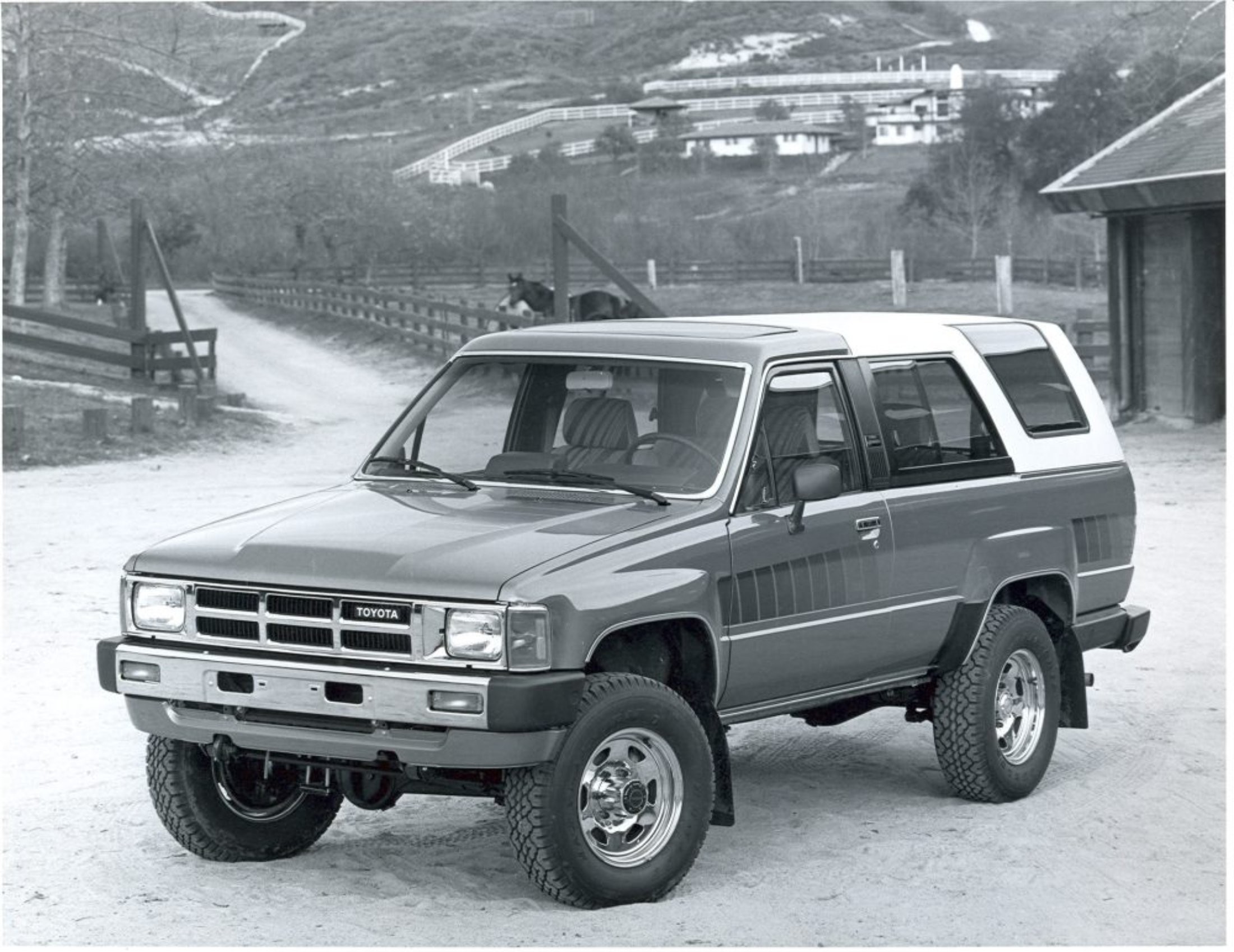 1984 Toyota 4Runner
1984 Toyota 4Runner
40 Years of Toyota 4Runner: The Legacy of an Everyday SUV
From its roots as a hybrid of the Land Cruiser and Trekker, the Toyota 4Runner has become an enduring adventure SUV icon in the U.S. Its legacy of reliability and capability continues to resonate with owners who value longevity and rugged performance.
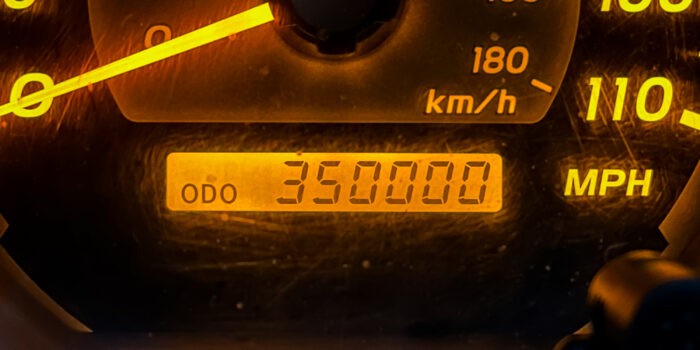
 350,000 mile Toyota 4Runner
350,000 mile Toyota 4Runner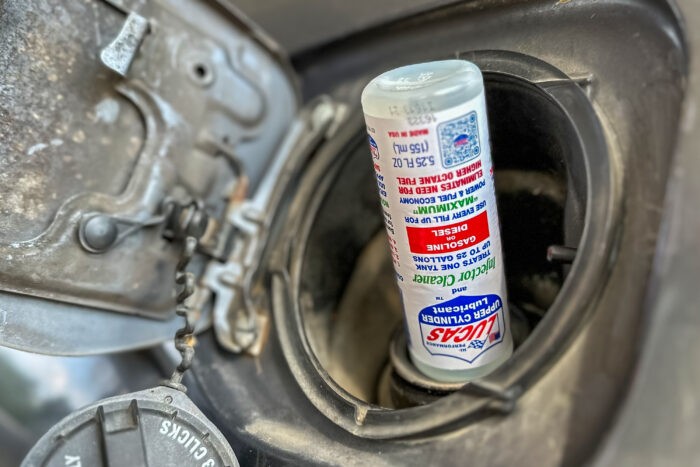 350,000 mile Toyota 4Runner
350,000 mile Toyota 4Runner 350,000 mile Toyota 4Runner
350,000 mile Toyota 4Runner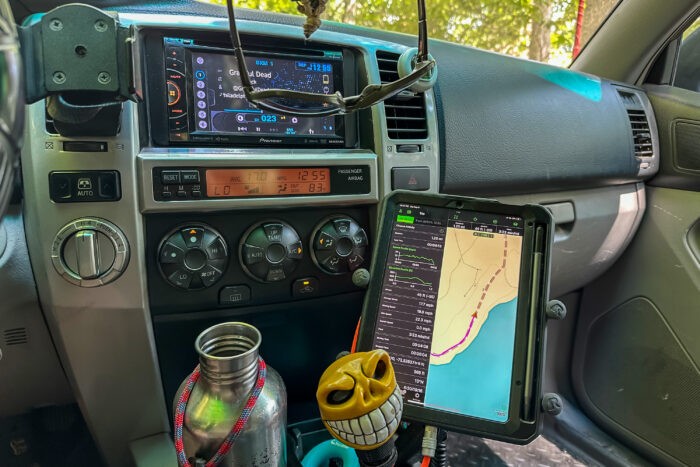 350,000 mile Toyota 4Runner
350,000 mile Toyota 4Runner 350,000 mile Toyota 4Runner
350,000 mile Toyota 4Runner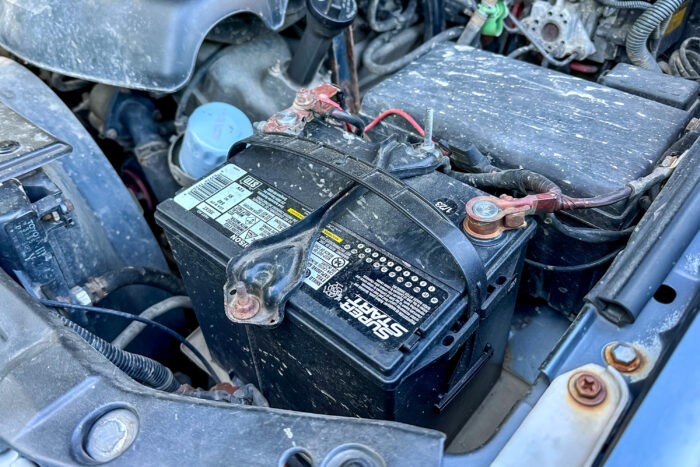 350,000 mile Toyota 4Runner
350,000 mile Toyota 4Runner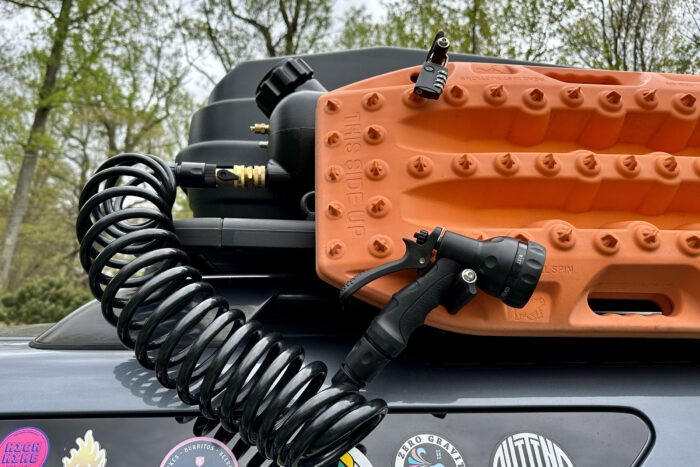 WaterPORT
WaterPORT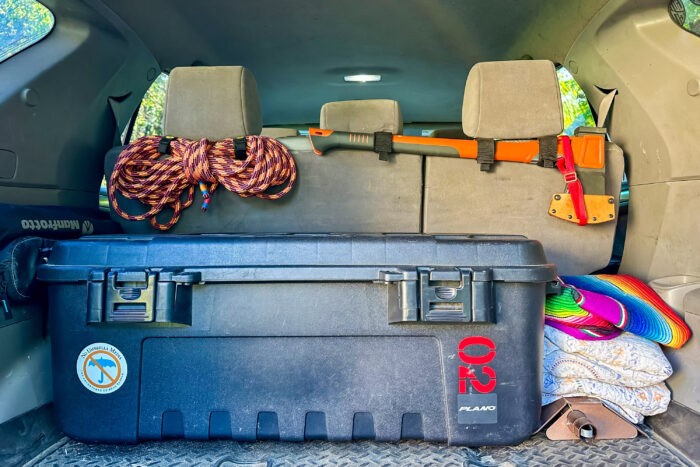 350,000 mile Toyota 4Runner
350,000 mile Toyota 4Runner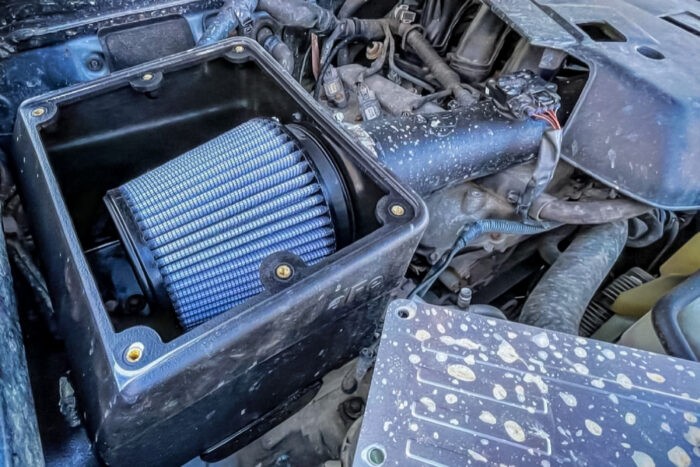 350,000 mile Toyota 4Runner
350,000 mile Toyota 4Runner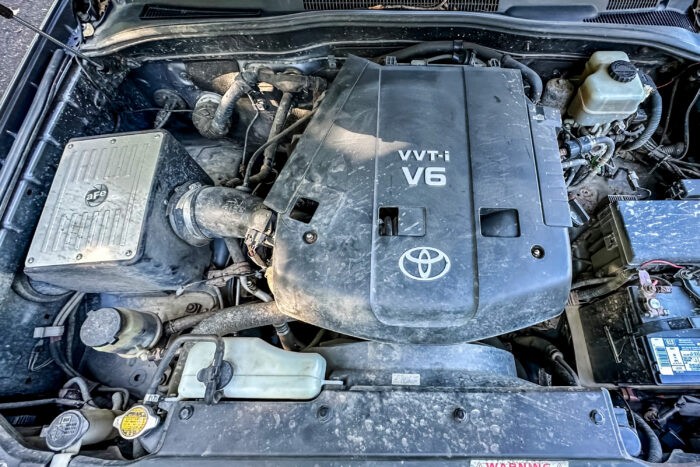 350,000 mile Toyota 4Runner
350,000 mile Toyota 4Runner 350,000 mile Toyota 4Runner
350,000 mile Toyota 4Runner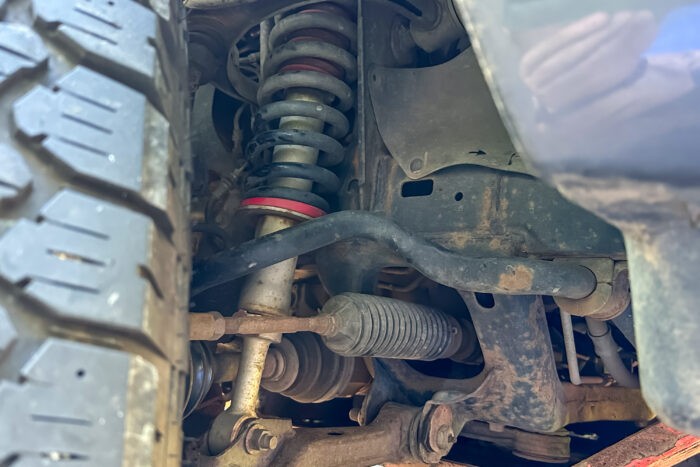 350,000 mile Toyota 4Runner
350,000 mile Toyota 4Runner 350,000 mile Toyota 4Runner
350,000 mile Toyota 4Runner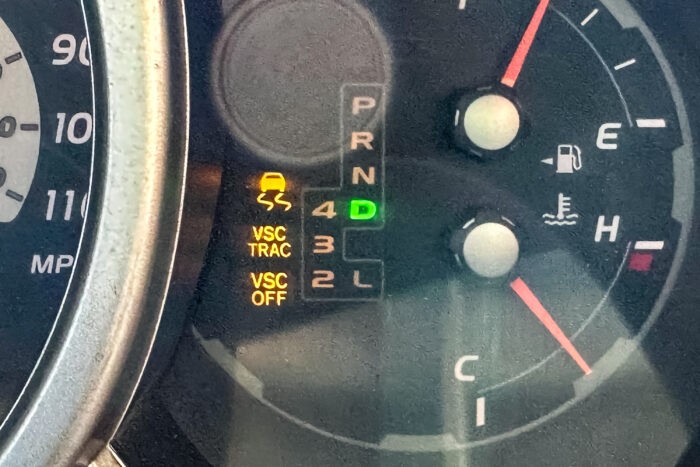 350,000 mile Toyota 4Runner
350,000 mile Toyota 4Runner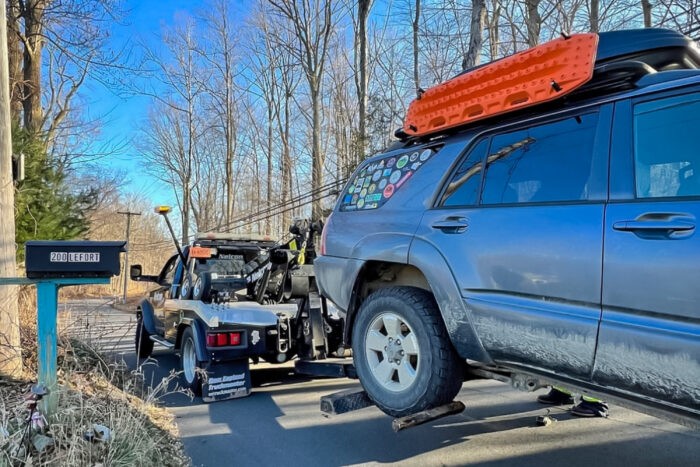 350,000 mile Toyota 4Runner
350,000 mile Toyota 4Runner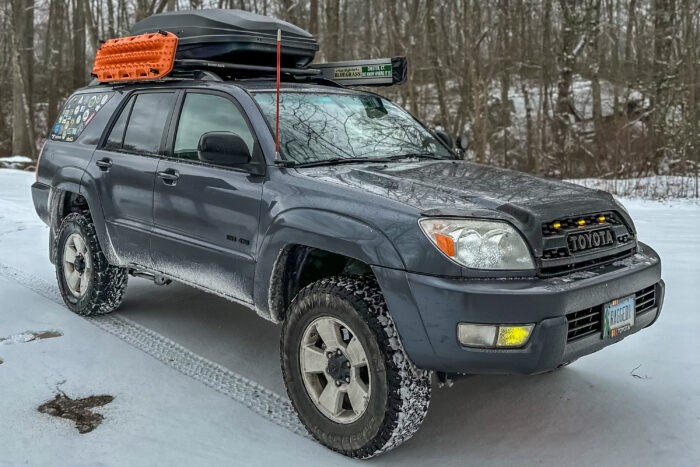 350,000 mile Toyota 4Runner
350,000 mile Toyota 4Runner